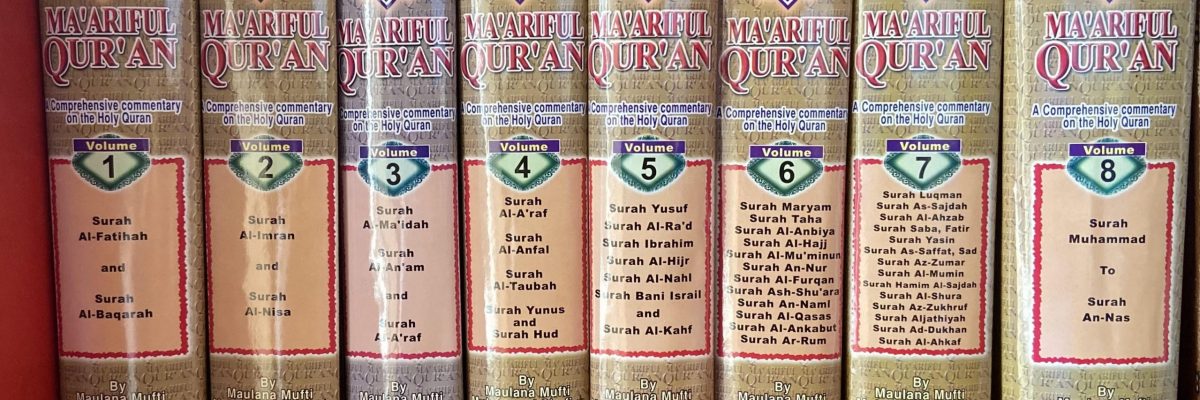Answered by: Maulana Muddasser Dhedhy
Question
Someone recalls occasionally missing either the nose or forehead (but not both) in sujood, they weren’t entirely sure but they were pretty sure that only one was required, so they didn't do anything about it. Do they have to repeat the prayer? Since it was something disagreed on by Abu Hanifa and the Sahibayn (rh), is it wajib or does it count as a rukn?
In general, if one finds out they missed out arkaan occasionally but they don't remember which prayers, how do they know how many and which prayers to make up? What if some of them were possibly congregational prayers that they led?
بِسْمِ اللهِ الرَّحْمنِ الرَّحِيْم
In the name of Allah, the Most Gracious, the Most Merciful
Answer:
One is required to put both their forehead and nose on the ground whilst making sujood. If they place only one of them, regardless if it is the forehead or the nose, without a valid excuse they are required to repeat their Salaah.[1]
If one cannot exactly ascertain how many Salaahs they have to repeat and which ones due to leaving a rukn (or arkaan) then they should go by the number they are more inclined towards (ghalib zan). If they cannot come up with a number they are more inclined towards then they should keep making Qada until they are certain that there are no more Salaahs due upon them.[2]
If a person was the Imam and they have left out an act which would render their Salaah void then this will affect not only the Imam’s Salaah but also the Salaahs of everyone that prayed behind him. He will have to repeat this Salaah and will have to announce before the congregation that they should also repeat this particular Salaah.[3]
Only Allah knows best
Written by Maulana Muddasser Dhedhy
Check and approved by Mufti Mohammed Tosir Miah
Darul Ifta Birmingham
[1]. و كمال السنة في السجود وضع الجبهة والأنف جميعا ولو وضع أحدهما فقط إن كان من عذر لا يكره وإن كان من غير عذر فإن وضع جبهته دون أنفه جاز إجماعا ويكره إن كان بالعكس فكذلك عند أبي حنيفة – رحمه الله – وقالا: لا يجوز وعليه الفتوى (الفتاوى الهندية ج 1 ص 77. دار الكتب العلمية)
اب كى مسائل اور ان كا حل ج 3 ص 361–363. مكتبة لدهيانوى
[2] خاتمة من لا يدري كمية الفوائت يعمل بأكبر رأيه فإن لم يكن له رأي يقض حتى يتيقن أنه لم يبق عليه شيء ومن قضى صلاة عمره مع أنه لم يفته شيء منها احتياطا قيل يكره وقيل لا لأن كثيرا من السلف قد فعل ذلك لكن لا يقضي في وقت تكره فيه النافلة والأفضل أن يقرأ في الأخيرتين السورة مع الفاتحة لأنها نوافل من وجه فلأن يقرأ الفاتحة والسورة في أربع الفرض على احتماله أولى من أن يدع الواجب في النفل ويقنت في الوتر ويقعد قدر التشهد في ثالثته ثم يصلي ركعة رابعة فإن كان وترا فقد أداه وإن لم يكن فقد صلى التطوع أربعا ولا يضره القعود وكذا يصلي المغرب أربعا بثلاث قعدات. (حاشية الطحطاوي على مراقي الفلاح ص 447. دار الكتب العلمية)
اب كى مسائل اور ان كا حل ج 3 ص 621. مكتبة لدهيانوى
[3] فتاوى حقانية ج 3 ص 159. جامعة دار العلوم حقانية اكوره ختك
أحسن الفتاوى ج 3 ص 275 و 278–279 و 303–305. ايج ايم سعيد كمبني


